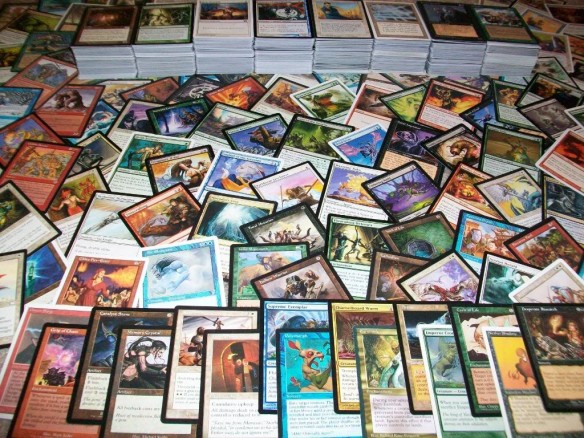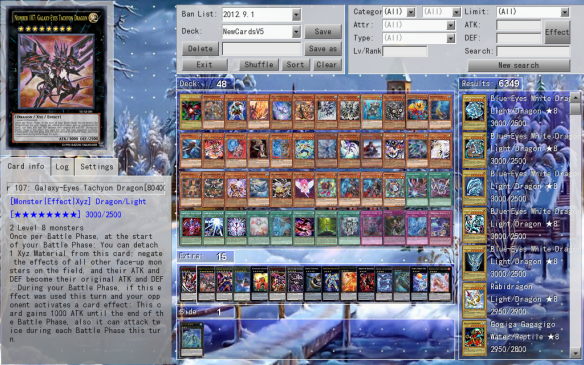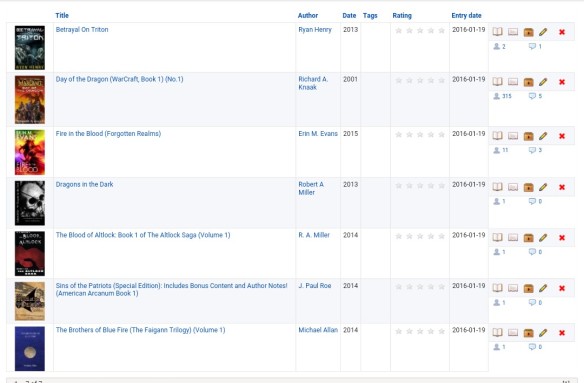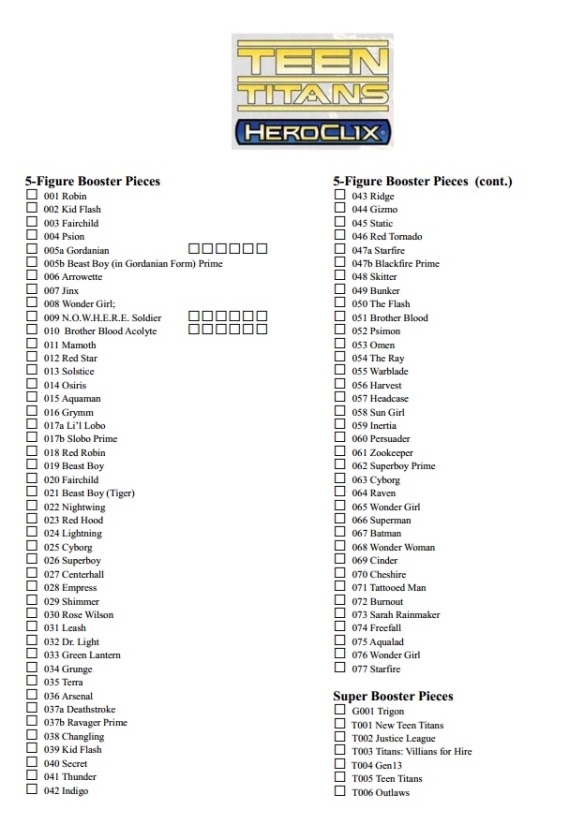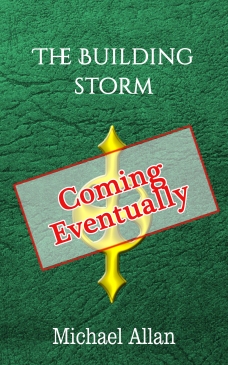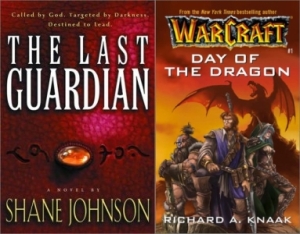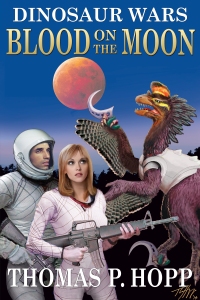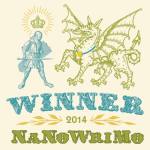The Nintendo Switch just released and everybody seems really hopeful. Early demos proved promising, and the Zelda launch title is being praised by many as one of the best 3D Zelda titles ever made.
Personally, I’ve really enjoyed the 1st Party titles on every Nintendo home console, especially ones with some kind of multiplayer aspect, and I’m a huge fan of Nintendo handhelds. What I’ve seen from the Switch so far seems to combine the best of both worlds exceptionally well. As such I will definitely be picking one up at some point. (Holiday 2017 most likely.)
I do have a few hopes for the console though. Hopes that have yet to be confirmed or denied.
1: Good Battery Life.

Vital to any handheld device.
As of this writing, no one has mentioned the battery life of the console itself beyond just saying “good” or “acceptable”. And I’ve heard nothing on the life of the controllers. My various handhelds in the past have had 4-8 hour play sessions per charge. Obviously, 8 hours would be fantastic, but 4-5 hours is my acceptable range for this new system. I am worried though that all of the power needed to run the Switch will have shortened the possible charge it can hold. Here’s to hoping the 720p resolution downsizing reduced power consumption as much as they were hoping it did.
2: Two Player Tabletop Mode.

Obviously an altered promo image, but it gives me hope.
So we know that the Switch has Local Multiplayer (something pretty rare in modern gaming), even utilizing the 2 halves of the Joy-Con as independent controllers for some games. (Like Mario Kart.) We also know that the system has a Tabletop Mode, in which you can pull out a mini stand on the back of the screen and detach the Joy-Con to play like a home console on the go. (For instance, at a friend’s house, so they can see the game you’re playing.) My hope is that games with local multiplayer allow for the 2 Joy-Con halves to be used for a 2 player experience in Tabletop Mode. (Even if it’s a minimalistic 2 player experience.)
Bringing my Switch to a friend’s house or my local gaming club on order to share my play experience with friends will make me very happy. But being able to hand someone a controller so they can play my handheld with me will vastly improve a non-owner’s experience, and will most definitely lead to more sales. For example, if I owned a Switch and a copy of Mario Kart 8 Deluxe I could invite some friends over to play with me, and it would be a fun time and then they’d leave and probably not think about it again until the next time I asked them over. But if I was hanging out at my friend’s house and pulled out my portable Switch, set it up at their dining room table, then handed them a controller to play, the experience would be so much better. Not just for the convenience, but because they’re now experiencing it in the comfort of their own home. Now every time they sit at that table they’ll be reminded of the fun they had playing that console. They’ll start to want one for themselves. (This concept has been proven many times with people lugging older consoles to someone’s house in the past.) What I’ve read of Mario Kart 8 Deluxe implies that local multiplayer will only be available when plugged into the dock, but it would benefit the company so much if that were untrue. I guess we’ll find out come April.
3: Third Party Games.
So many complaints have been made regarding Nintendo consoles not having enough 3rd party support. Personally, I don’t know how much of that is due to them just being hard to deal with. What I do know is that a lot of companies have claimed that Nintendo consoles are hard to program for. The biggest issue seeming to be that developers are unwilling to make a game that doesn’t utilize all available features of a console / controller. So many games could have been made for the Wii without motion controls, or for the DS without touch controls. The Switch controller can be used as a normal controller. If developers would just make normal games for it, then Nintendo can focus on the innovation using the mechanics they developed.
Not every game needs to be at the cutting edge of technology, and I enjoy plenty of games that aren’t trying to reinvent gaming. If the Switch can get a good selection of games, both 1st and 3rd party, in its first year then the console will be worth the purchase and future support from customers.
4: Limited Free-to-play Online Games.
Alright, now we get into a controversial subject. Nobody wants to pay for a console, pay for a game, then pay a monthly fee to play that game. At the same time, the ever increasing amount of gamers puts a lot of need for increased server count for online games. Nintendo has always been pretty far behind the online gaming trends, but they’ve started catching up. And with that they’ve decided to start charging a subscription fee for online multiplayer gaming. This is a smart move if the Switch does as well as they hope, since all those extra players will ideally require more server expenses.
On the other hand, the new cost of the service might push gamers away from the service entirely, negating the need for that revenue in the first place. Many people are already racking up charges in the hundreds of dollars on subscription services; between the various TV programs, MMOs, Xbox and Playstation Online, “loot crates”, and a dozen other services it becomes overwhelming and very expensive. Nintendo is so late to the game (pun fully intended) that people might just not be willing to add them to the list of people they pay every month.
Playstation got around this problem by offering 2 things: Free games for paying members that otherwise aren’t free, and free-to-play online games. Both Smite and Warframe are popular FtP online only games that are playable on PS4 without paying the online subscription. The 3DS also has some FtP games in its collection, though none with online play to my knowledge. To entice people who can’t or won’t pay for that online fee to buy your console (especially in our current “social gaming” society) having a few games that can be played online without that subscription goes a long way. And it just might get players hooked enough on playing online with your console to start paying the fee for other games.
All in all, it looks like the Nintendo Switch is going to be my next video game console purchase. The question is: Will it live up to its potential?



